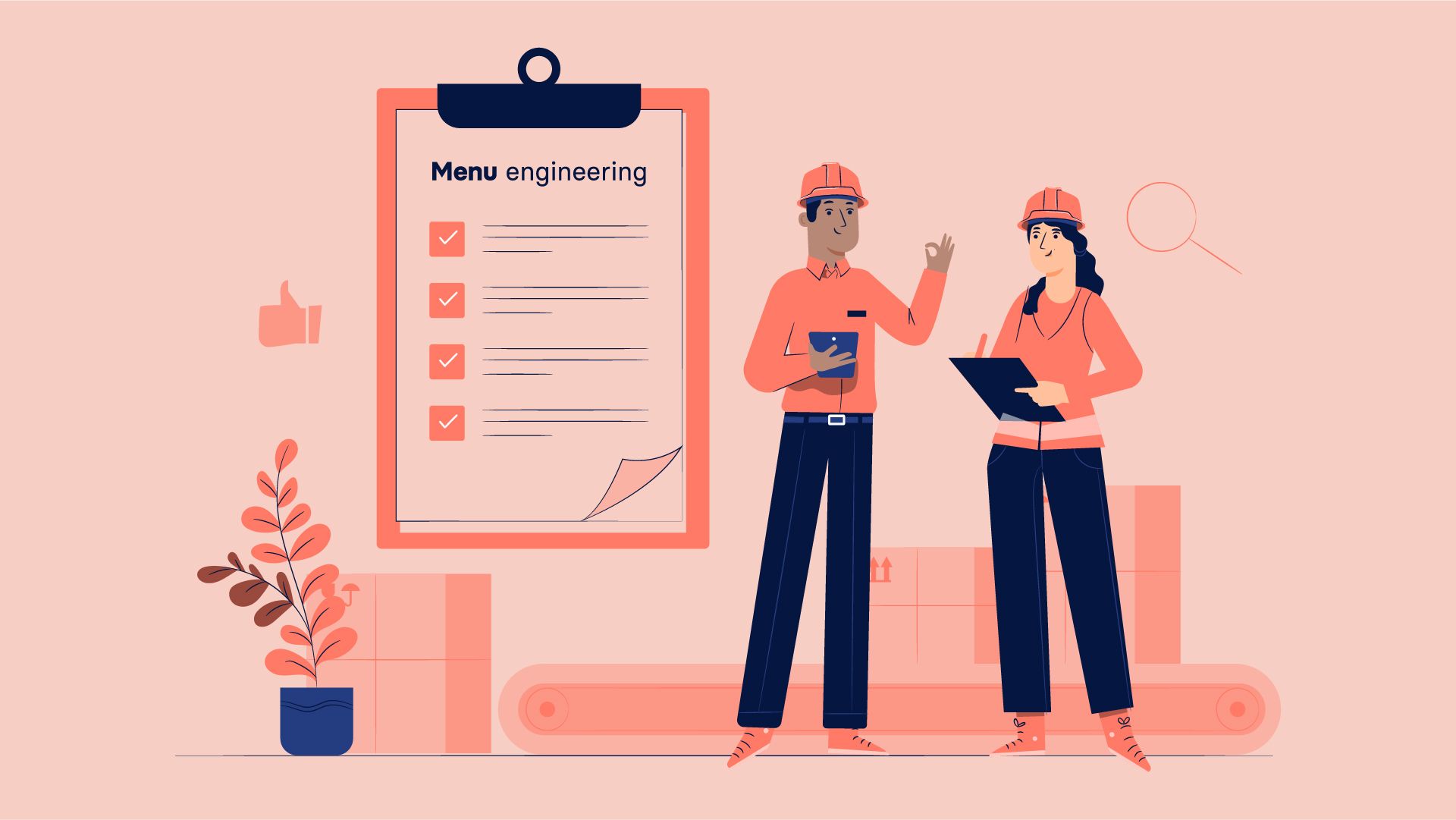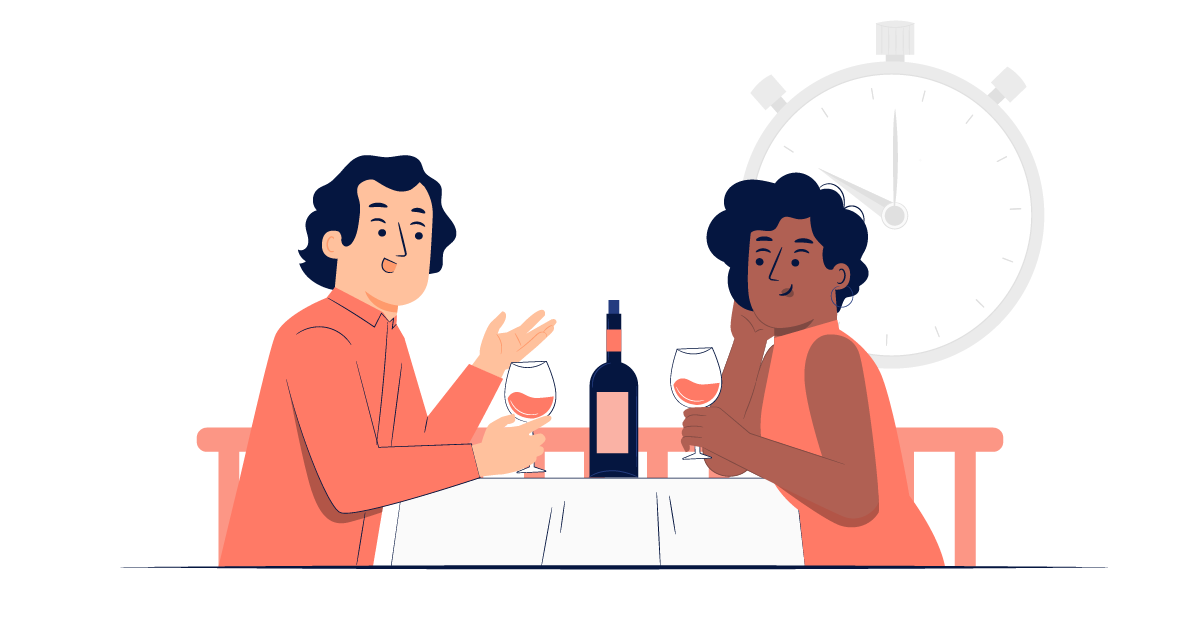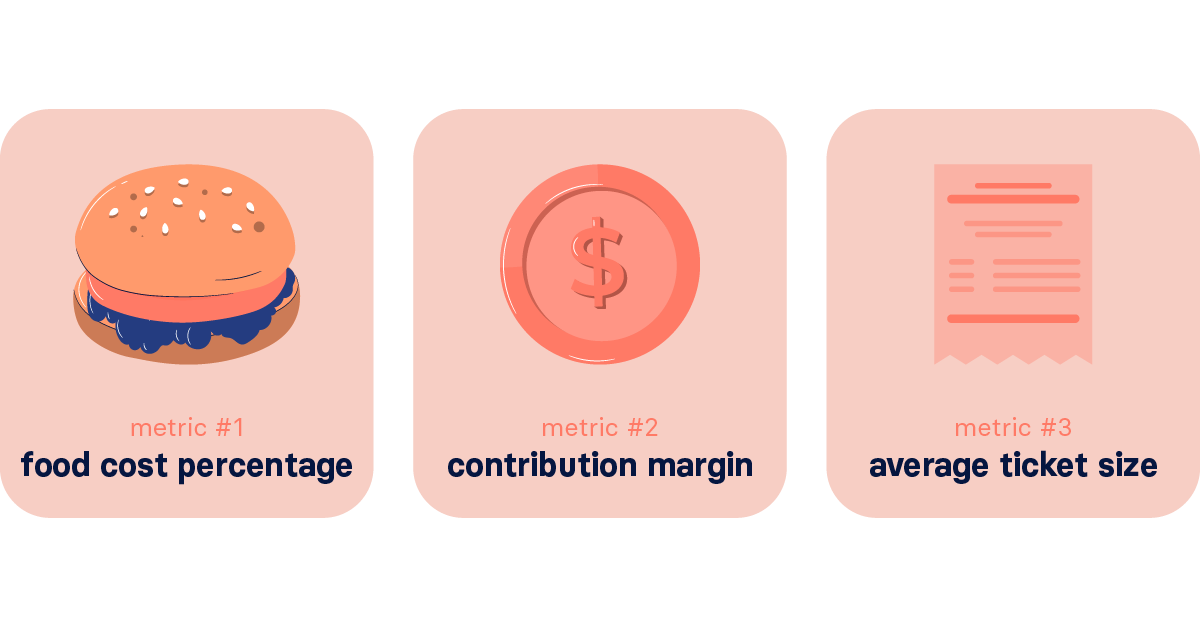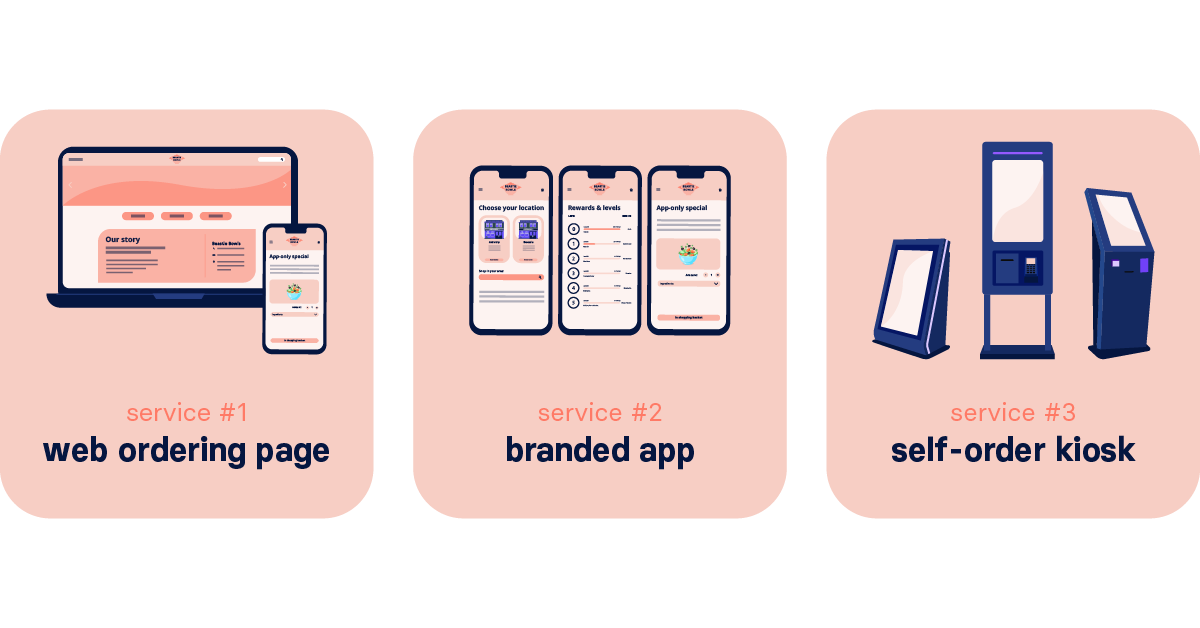
A great menu is more than just a pretty design, a visually pleasing layout and the cost of your delicious products. In this blog post, we will show you the dos and don'ts of menu engineering to improve the profitability of your business and the attractiveness of your offers.
This walkthrough will especially prove beneficial for those who are working with their own food and beverage order app and online ordering system.
What is menu engineering, and why do you need it
Menu engineering stands for the tricks and methods with which restaurant owners evaluate and construct their menu and pricing. Menu engineering uses extensive sales data and food cost analysis to guide decisions on what dishes to feature and their price. With that data, any business can categorize menu items based on popularity (mainly sales volume) and profitability.
The primary objective of menu engineering is to boost the profitability of your restaurant business. It allows you to persuade your guests to buy what you want without them realizing it because, as a menu engineering ninja, you will be able to make sure that the dishes with the largest revenue will be the ones your customers will buy.
Whether your restaurant focuses on takeout or delivery, offers online ordering or dining in solutions, it's crucially important to achieve a sweet spot with your menu, so you can delight your customers directly while making sure you grow revenue.

What does it mean for restaurant owners?
Properly engineered menus rely on appropriate pricing, food cost calculations, and understanding of each item's contribution margin, resulting in better business decisions and a simpler ordering process from the business owner's perspective.
What does it mean for customers?
The average customer spends only 109 seconds looking at a menu, including scanning, reading descriptions, and checking prices. To make the most of this very short amount of time, the menu needs to be concise, well-organized and thoughtfully laid out - especially for new customers - while ensuring that each feature dish and drink will be profitable.
The 5 steps of menu engineering
A well-optimized menu is essential for running a profitable restaurant. To do so, you must engineer (or re-engineer) your menu to improve your restaurant's overall performance by following these principles.

1. Time and period
First things first, start by analyzing a specific time period, especially if your business crafts new seasonal menu items or you're tweaking your offers based on produce availability.
Even if you seldom make adjustments to your menu, it just makes sense to revisit it less frequently.
The same applies to prices: check in from time to time and monitor food cost fluctuations, so your prices can reflect that. If your food costs go up while your price stays the same, your gross profit margin shrinks, making less money on each sale.
2. Price your menu
For an optimal pricing strategy, you need three critical metrics to measure menu item profitability:
- food cost percentage,
- contribution margin,
- and average ticket size.

A POS system, but especially the technology behind the convenient EasyOrder software, gives you the ability to request and access all this data within a matter of seconds. Using our platform, you can customize filters for a specific time period or a menu item and see the cost, revenue, and amount you sold, factoring in discounts, loyalty, and much more.
While we are absolutely in love with our AI-powered data, we would encourage you to have a chat with your staff. Ask them about their experiences and the feedback they collect from customers: Are there any dishes they frequently sell? They're on the front lines every shift, talking to customers and providing critical insight.
3. Sort menu items into profit and popularity categories
Look at you; you are making progress! You have a timeline for revisiting your menu, you the external factors based on which you might tweak your prices, and you are in possession of all the data on popular items and customer feedback. Now it's time to categorize your menu items in a menu matrix.
To do that, let's see the four categories your items will fall into.
Plowhorses
Plowhorses are highly popular items, despite their low profitability.
Yes, a highly popular item on your menu with a higher food cost attached to it, making it low in profitability.
But don't panic; we have a solution:
- just raise the price slightly to make up for the loss,
- rewrite the recipe with different ingredients,
- or match it with high-profit sides and beverages.
Also, keep an eye on the size of your plowhorses' portions. If consumers rarely complete their plates, it could be good to serve slightly smaller quantities, decreasing food waste and per-serving food costs.
Stars
Stars are highly popular, and they also bring in high profits
Our favourites, the stars, are frequently ordered by your customers, and they are the opposites of low profitability.
We will say this louder so those in the back can hear it as well: DO NOT TOUCH THESE! Instead, market them as much as possible.
Make sure your menu design and layout draw attention to them, boosting the chances of selling more and improving profits per service.
Puzzles
Puzzles are the dark horses of your menu: even though they bring in high profits, they have little popularity for some reason.
Just try to figure out why they're not selling. Do they stand out on your menu? Could a more appealing description help sell more of them? Should you use social media for marketing these particular dishes? Maybe they are too expensive?
Any of these factors can influence the popularity of a menu item. Experiment with them and track the impact of any adjustments you make on their sales.
Dogs
Dogs are...well, dogs: they are low in profit and popularity.
A menu item that is costly to prepare and unpopular doesn't sound like a winning formula. They take up important menu space and divert attention from your stars and puzzles.
But no worries, there are various things you can do with dogs. You can:
- eliminate them,
- de-emphasize them on your menu,
- or change the pricing or ingredients based on client input.

4. Redesign you menu
Now, are you fully equipped to improve and modify your menu items using your menu matrix.
You can bring in additional help from your staff and customers to collect qualitative data and feedback in addition to the quantitative information you worked so hard for.
Ask your staff and colleagues about feedback on specific dishes and items, and inquire which ones are difficult to sell or the ones that receive unfavorable input from customers.
You can also consider distributing a survey targeting your customers or loyalty program members. What are their favorite aspects of your restaurant? What do they want to see more of? What are their favorite and least liked dishes? Do they believe there are sufficient options available?
Anecdotal input is critically important and will back your quantitative data, helping determine which items and prices will make the final cut of your re-engineered menu.
5. Evaluate the impact of your new menu
You are brilliant; you collected qualitative and quantitative data, and revamped your menu design, so now nothing stands in the way of measuring the effectiveness of these changes.
Examine your sales statistics one month after the launch of your menu. Have you sold more puzzles or stars? Did you make more money that month than in prior months? Were your food expenses less?
Depending on what you discover, you might want to keep altering existing recipes, trying new ones, and rearranging your layout. Restaurant menus are funny in that there's always space for improvement.
Keep track of your outcomes as you test to see what worked and what didn't.

We also prepared some other tips and tricks that are important while engineering your menu
Following our five-step guide will undoubtedly result in positive outcomes. Still, it's always best to see the bigger picture, so consider including the below tips for an even more impressive result.
1. Make the most of the layout of your menu cover
Not every menu setup is the same. The success of your menu engineering efforts is determined by the number of panels on your menu.
With a one-panel menu, your customers will probably decide faster but will also order less, which will lead to reduced revenues per client.
Two-panel menus are the best solution, apparently. It gives a complete dining experience while allowing customers to spend less time trying to figure out their order.
A three-panel menu might be a good alternative if you have many items and require more space; nonetheless, the readability might decrease with this configuration.
It's important to note that the more menu panels you have, the less control and influence you have over client decisions.
2. Create fantastic menu descriptions
Bring out the writer inside you because menu items accompanied by a well-written description sell up to 27% better.
Use descriptive adjectives without being too lengthy and avoid listing ingredients only. Keep it short while also emphasizing origins, freshness, texture, or preparation.
3. Make your stars and puzzles stand out
Place graphic elements or visuals next to the items you want to sell the most. It can be outlines, icons, photos, or splashes of color. Visuals will draw your customers' attention to the menu items you want them to sample because of this visual aspect.
However, don't go overboard - if you use too many images, you will defeat the purpose of highlighting elements.
4. Less is more
Customers might have difficulty deciding what they want when there are too many options to choose from, and they are more likely to be dissatisfied with their decision. The good news is that it's possible to prevent clients from experiencing FOMO (fear of missing out).
If you have an extensive menu with breakfast/brunch and dinner options, it could be good to divide it into numerous menus and switch them around as one service begins and the other concludes.
If a vast selection is a problem, consider narrowing your menu. Calculate the cost of each menu item and determine if there are any dogs you can eliminate from your menu entirely.
5. Educate your staff
Your menu is not the only flagship for your restaurant; your dedicated team is also part of the success you achieve.
They're the ones who interact with guests every day. Teach them which menu items to promote, and they'll be able to assist clients in selecting the most profitable dishes.
The formula for a prosperous menu and how EasyOrder can facilitate it
Although menu engineering may appear complex, it does not have to be completed overnight and with struggle.
EasyOrder doesn't just provide you with your unique branded mobile app, website, and kiosk. Our intuitive, AI-powered dashboard will arm you with all the data and information you need in order to conduct a successful and profitable menu engineering process.
By using our dashboard, you can:
- highlight or mark an item as popular in your own mobile ordering app and website,
- collect customers data to enhance customer loyalty and identify your target audience,
- grant extra loyalty points for products and items falling into the stars and puzzles category,
- snooze or delete dogs until you figure out how to re-engineer them, or to free up space
- adjust costs to your own needs,
- add or delete extra fees of your services such as food delivery,
- communicate via push notifications and splash messages with your repeat customers,
- conduct a survey about customer satisfaction via our newsletter integration,
- discount items that are not selling well enough.

Following these procedures and adequately constructing a menu will ensure that each dine-in, takeout, or delivery order is lucrative.1.